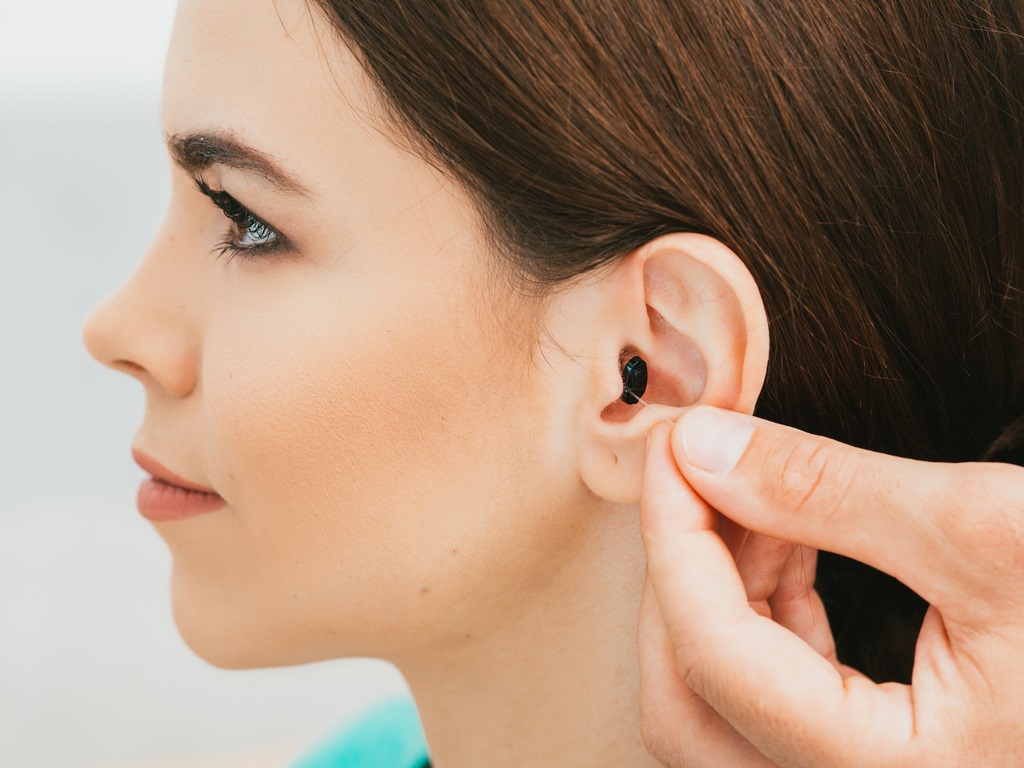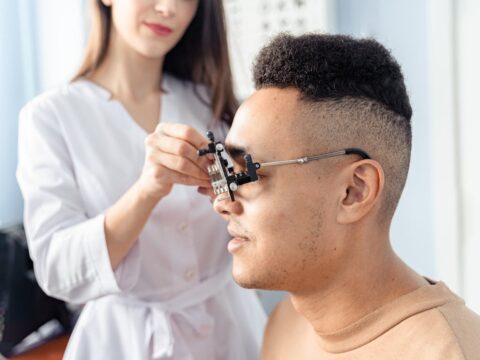When it comes to enhancing one’s auditory experience, hearing aids have proven to be invaluable devices. This comprehensive guide will navigate the key aspects of purchasing hearing aids, shedding light on what one should know before making this important investment.
Understanding Hearing Loss
Hearing loss is a common condition that can affect individuals of all ages. It can be attributed to various factors, including aging, exposure to loud noises, genetics, and medical conditions.
Types of Hearing Aids
Hearing aids come in various types, each designed to cater to different needs and preferences:
Behind-The-Ear (BTE):
These aids sit comfortably behind the ear and are suitable for hearing loss.
In-The-Ear (ITE):
ITE aids are custom-made to fit inside the ear canal, making them less visible and ideal for mild to moderate hearing loss.
Receiver-In-Canal (RIC):
RIC hearing aids are similar to BTE but more discreet, as the receiver is placed inside the ear canal.
In-The-Canal (ITC) and Completely-In-The-Canal (CIC):
These are the most discreet options, fitting entirely within the ear canal and suitable for mild to moderate hearing loss.
Key Features
Hearing aids today are equipped with advanced features to enhance the user’s experience:
Directional Microphones:
These help focus on sounds from a specific direction, reducing background noise.
Telecoil:
Allows for better hearing during phone calls and in venues with loop systems.
Wireless Connectivity:
Many modern hearing aids can connect to smartphones and other devices for seamless audio streaming.
Rechargeability:
Consider what’s preferable: disposable batteries or rechargeable hearing aids for convenience.
Choosing the Right Style
Selecting the right style of hearing aid depends on personal preference, lifestyle, and the extent of hearing loss. Some individuals prioritize discreteness, while others prefer larger devices with more features.
Consulting an Audiologist
Consider seeking professional guidance when purchasing hearing aids. Audiologists can conduct hearing tests, assess needs, and recommend the most suitable devices. They can also help with programming and adjustments to ensure optimal performance.
Budget Considerations
Hearing aids vary in price, and it’s essential to establish a budget beforehand. Keep in mind that the cost may include fitting fees, follow-up appointments, and maintenance expenses. Many insurance plans cover hearing aids, so be sure to check coverage.
Trial Period
Most hearing aid providers offer a trial period during which the wearer can test the devices. Take advantage of this opportunity to assess comfort, functionality, and overall satisfaction before making a final decision.
Maintenance and Care
Hearing aids require regular maintenance to ensure longevity and optimal performance. Ensure Proper cleaning and storage as per the manufacturer’s guidelines.




